Copyright 2018 by Mingxing Xu, Ying Tian, and Jiyue Li
All rights reserved. No part of this book may be reproduced in any manner without the express written consent of the publisher, except in the case of brief excerpts in critical reviews or articles. All inquiries should be addressed to Skyhorse Publishing, 307 West 36th Street, 11th Floor, New York, NY 10018.
Skyhorse Publishing books may be purchased in bulk at special discounts for sales promotion, corporate gifts, fund-raising, or educational purposes. Special editions can also be created to specifications. For details, contact the Special Sales Department, Skyhorse Publishing, 307 West 36th Street, 11th Floor, New York, NY 10018 or .
Skyhorse Publishing is an imprint of Skyhorse Publishing, Inc., a Delaware corporation.
Visit our website at www.skyhorsepublishing.com.
10 9 8 7 6 5 4 3 2 1
Library of Congress Cataloging-in-Publication Data is available on file.
Cover design by He Kui, Xiang Yu, Wang Kun, Li Yanyang, Gong Xue, Ma Shanshan
Print ISBN: 978-1-5107-4484-4
Ebook ISBN: 978-1-5107-4485-1
Printed in the United States of America
C ONTENTS
P REFACE
Paving Our Way to Blockchain by Wang Wei
T he tech world of today changes so quickly, oftentimes at breakneck speed. Internet finance had its run for several years, and then Financial Technology (FinTech) took its place. After the rise of FinTech plateaued, Bitcoin emerged. Then when Bitcoin miners and speculators came together, Blockchain technology thrived, and so began a new community. Waves of new conceptsones that had been previously unheard ofcaptivated us. And with this soaring innovation and progressive technology, a surge of unfound anticipation of what the future may hold consumed useven if we didnt fully understand the technology.
As this community grew, tech geeks created esoteric terms and lingo to build industry barriers against outsiders. Yet, in doing so, these termsfilled with technical jargon and gobbledygookonly added to the confusion of those on the outside, further isolating them from the world. Over time, an unintended consequence occurred: they lost the ability to communicate with the layman. Still, the general public is eager to learn more about this growing community and technology, as they dont want to fall too far behind in what they likely see as the inevitable future of tech and finance.
With this kind of growing excitement and curiosity, I paid close attention to Bitcoin mining, the algorithmic logic of tech geeks and Blockchain prophets. In the face of all the changes in finance, art, science, technology, and society, we will closely follow these innovations. And even though this may ultimately lead to nowhere, the journey itselfone filled with great unknownsis worth it alone. This is Blockchain.
In the summer of 2016, I took part in a three-day conference of Blockchain held on Necker Island in the Caribbean. Richard Branson, the famous hippie and entrepreneur, invited a dozen figures in various fields from different countries to discuss the application of Blockchain in the arms of waves and sunny beaches. Yes, it was indeed time travel. More than thirty people who had never met one another, with the background of governments, courts, intelligent systems, art, aerospace, and environmental agencies, came together. We held dozens of discussions on various subjects, including the capture of fugitives, prevention of money laundering, protection of artistic property rights, validation of transaction authenticity, corruption prevention, social elections, earthquake relief, and endangered species protection. While vividly feeling the concrete achievements in these fields, we were also experiencing a commonly applied logic: all discussions were results of spontaneous organization and cross cooperation based on big data analysis, without any authoritative organization or enterprise organizing the system and process. According to the words of a young man on the site, we were creating a brand new trust agreement, with all the participants writing programs restricting our own behaviors. There was no condescending god, king, government, or big company making central control, the world was still running, and more important, the revolution was happening. This young man was Alex Tapscott. He and his father, Don Tapscott, the writer of many bet sellers such as Wikinomics, had just published their new book Blockchain Revolution , now popular in China. In January of 2017, when Don Tapscott and I were guests together at an activity, I invited him to give a speech at the Chinese Museum of Finance this summer.
Almost none of those who attended the conference on Necker Island were technical experts or Bitcoin miners, and they knew nothing about hash algorithm and the issue of double spending. But we all discussed Blockchain confidently. The reason is simple: TV program producers do not need to know how TV signals are launched and displayed, and it is not necessary for mobile phone designers to understand technical principles of 4G (the 4-generation mobile communication technology) and functions of each component. Also, for consumers to make phone calls or watch TV, in-depth technical knowledge reserve is not essential. During the evening party on the last night of the conference, the host proposed an interesting game in which everyone gave a unique definition of Blockchain. Some friends from Africa and Germany even rapped to express their ideas. Several keywords used were trust, certificate, and transfer of value. The Blockchain can realize the transfer of value and is the second-generation Internet beyond information transfer. Certainly, those were the perceptions at that time. Today, we have significantly enriched our understanding of Blockchain. Everyone has the right to comprehend Blockchain. Specific standard definitions are not required.
By March 2017, more than forty Chinese books on Blockchain could be found online. It is estimated that another hundred will be published by the end of 2017. Similar to the period when the Internet just entered China, the overflow of books on Blockchain is a significant initial signal of this tide. Various translation versions of Internet appeared at that time, such as  or
or  but they were finally replaced by
but they were finally replaced by  Geeks have widely used the translation of Blockchain as
Geeks have widely used the translation of Blockchain as  but someday this translation might also be replaced by a better one. The Museum of Fintech initiated two rounds of discussions on its translation in 2016. Some counterparts and I preferred the version of
but someday this translation might also be replaced by a better one. The Museum of Fintech initiated two rounds of discussions on its translation in 2016. Some counterparts and I preferred the version of  But I also agree with many friends engaging in financial supervision, who think under Chinas current situation,
But I also agree with many friends engaging in financial supervision, who think under Chinas current situation,  or credibility in English, may be misused by illegal fund-raisers, so it will be better to let regulatory agencies evaluate the credibility.
or credibility in English, may be misused by illegal fund-raisers, so it will be better to let regulatory agencies evaluate the credibility.
Blockchain originated from Bitcoin and was explored and generalized as its underlying technology. Bitcoin caused widespread concerns in society, particularly under Chinas utilitarian atmosphere, which sticks to making profits. It became widely used in finance and investment sectors and was also immediately under close supervision. Meanwhile, Blockchain technology emerged and formed a more extensive application space independently. Like Internets TCP (Transmission Control Protocol) or IP (Internet Protocol), if you are not obsessed with decoding and coding, you will be aware that applying Blockchain technology enjoys broader and deeper applications than browsing the Internet or conducting e-commerce transactions. Many people consider Blockchain to be an enormous distributed ledger system. Everyone gets involved in keeping and checking accounts, and no one can tamper with the data. It makes sense, but the function of Blockchain is far more than certificate function for keeping accounts.


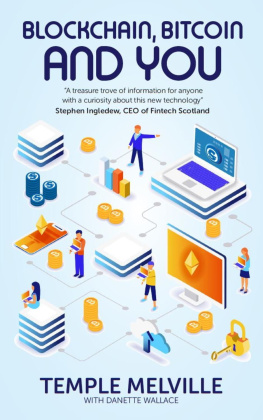
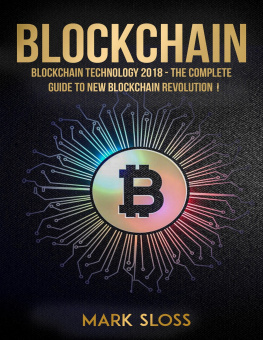

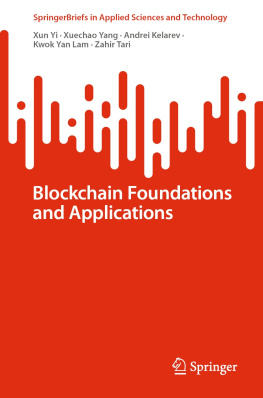
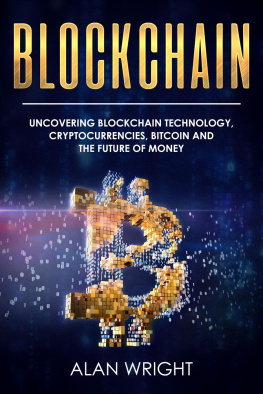

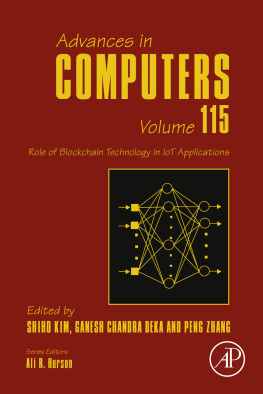


 or
or  but they were finally replaced by
but they were finally replaced by  Geeks have widely used the translation of Blockchain as
Geeks have widely used the translation of Blockchain as  but someday this translation might also be replaced by a better one. The Museum of Fintech initiated two rounds of discussions on its translation in 2016. Some counterparts and I preferred the version of
but someday this translation might also be replaced by a better one. The Museum of Fintech initiated two rounds of discussions on its translation in 2016. Some counterparts and I preferred the version of  But I also agree with many friends engaging in financial supervision, who think under Chinas current situation,
But I also agree with many friends engaging in financial supervision, who think under Chinas current situation,  or credibility in English, may be misused by illegal fund-raisers, so it will be better to let regulatory agencies evaluate the credibility.
or credibility in English, may be misused by illegal fund-raisers, so it will be better to let regulatory agencies evaluate the credibility.